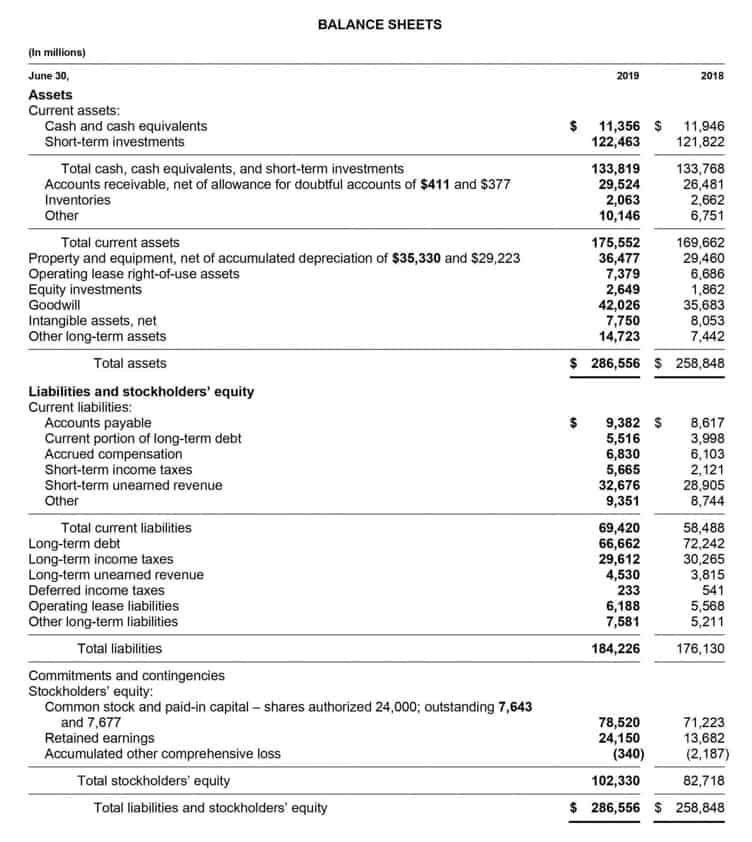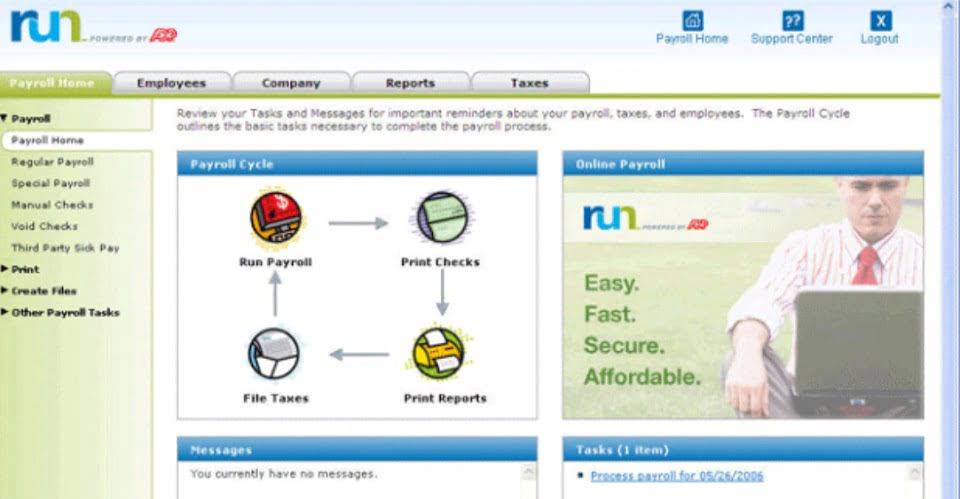
When the number is negative, this is recorded as a net loss, and indicates the company has lost money for that period. When you see a negative cash flow, that means more money is going out of your business than it is going in. Your investments didn’t do so well, but the CFO and CFF balance it out and bring you to a positive net cash flow (yay!). Whether it’s comparable company net cash flow formula analysis, precedent transactions, or DCF analysis. Each of these valuation methods can use different cash flow metrics, so it’s important to have an intimate understanding of each. FCFE includes interest expense paid on debt and net debt issued or repaid, so it only represents the cash flow available to equity investors (interest to debt holders has already been paid).
EBITDA vs. Cash Flow vs. Free Cash Flow vs. Free Cash Flow to Equity vs. Free Cash Flow to Firm
- Operating Cash Flow is great because it’s easy to grab from the cash flow statement and represents a true picture of cash flow during the period.
- This can include the purchase of a building, the sale of equipment, or investing in stocks.
- Cash flow from financing activities outlines the cash inflows and outflows related to funding your business.
- To get a more complete picture of your business’s financial health and liquidity, use other well-known and effective accounting formulas in conjunction with the net cash flow formula.
- Whereas if more money went out, the result would be a negative cash flow.
Because orders have increased so much, David decides to sell the current plant and purchase a much larger one. All of these transactions take place in 2020 and will be reflected in the company’s cash flow statement for the period. Then you’ll subtract the cost of purchasing any long-term assets such as equipment or securities. These totals would then be reported on your company cash flow statement. Cash management is a basic factor in running a business, however big or small.

Calculating Cash Flow From Financing Activities

Suppose we are provided with the three financial statements of a company, including two years of financial data for the balance sheet. Subsequently, the net change in cash amount will then be added to the beginning-of-period cash balance to calculate the end-of-period cash balance. By diving into the three components of net cash flow (remember those?), you might see that, in fact, the reason you’re cash flow negative is due to large investments in capital expenditure. NCF also helps business owners make decisions about the future and is particularly important when calculating the payback period of a potential investment. The NCF for the specific period would be a negative cash flow of $5,000. This guide will give you an in-depth understanding of net cash flow and how to calculate it using the https://www.bookstime.com/.

Interested in automating the way you get paid? GoCardless can help
- In this article, we’ll go over types of cash flow and formulas for calculating it.
- This format helps determine how each part of the company is doing, allowing business owners and managers to directly address any cash flow issues.
- According to a recent Facebook study, 33% of small businesses cited cash flow constraints as one of the greatest near-term challenges they face—second only to lack of demand (35%).
- NCF differs from overall cash flow, which looks at total cash inflow regardless of whether it comes from your business profits.
This system involves ordering supplies as needed rather than stockpiling. Financial activities include all business undertakings related to bonds, shares or dividends. This calculation method therefore takes the working capital (WC) and working capital requirement (WCR) into account. If the three sections are added together, we arrive at the “Net Change in Cash” for the period. For instance, if your clothing company just bought a new set of sewing machines, this would be an investment activity that should be reported here.

Operating cash flow does not include capital expenditures (the investment required to maintain capital assets). Like EBITDA, depreciation and amortization are added back to cash from operations. However, all other non-cash items like stock-based compensation, unrealized gains/losses, or write-downs are also added back.
Overview: What are investing activities?
- A negative cash flow does not mean a company is unable to pay all of its obligations; it just means that the amount of cash received for that period was insufficient to cover its obligations for that same time period.
- For instance, if your clothing company just bought a new set of sewing machines, this would be an investment activity that should be reported here.
- Net cash flow is particularly used to analyse the financial equilibrium of the company, in an audit for instance.
- The importance of net cash flow goes beyond making sure you stay in the positive and have enough money to keep the business running.
- However, this shift might also reduce sponsorship, changing her cash flow in other areas.With that in mind, remember to look at the context behind the numbers, not just the numbers themselves.
- The world of finance is full of metrics and measurements, most of which have complex formulas and incredibly specific use cases.
Net cash is a figure that is reported on a company’s financial statements. It is calculated by subtracting a company’s total liabilities from its total cash. If you need to raise capital via business loan or investors, net cash flow is one of the relevant metrics. Lenders and potential investors will look at net cash flow to determine whether they can expect repayment of the loan or return on their investment.
- To calculate net cash, you must first add up all cash (not credit) receipts for a period.
- Operating assets declined by $5m while operating liabilities increased by $15m, so the net change in working capital is an increase of $20m – which our CFS calculated and factored into the cash balance calculation.
- Such obligations can include investment activities, payments on debts, or standard operating costs.
- Put simply, NCF is a business’s total cash inflow minus the total cash outflow over a particular period.
What information do I need to calculate net cash flow?
This is the most common metric used for any type of financial modeling valuation. All of your expense data is ready to export into a summary report when you need it. The negative result means you invested more cash than you generated from asset sales. ● a reduction in long-term fixed assets (property sale, disposal of idle production facilities, etc.).



